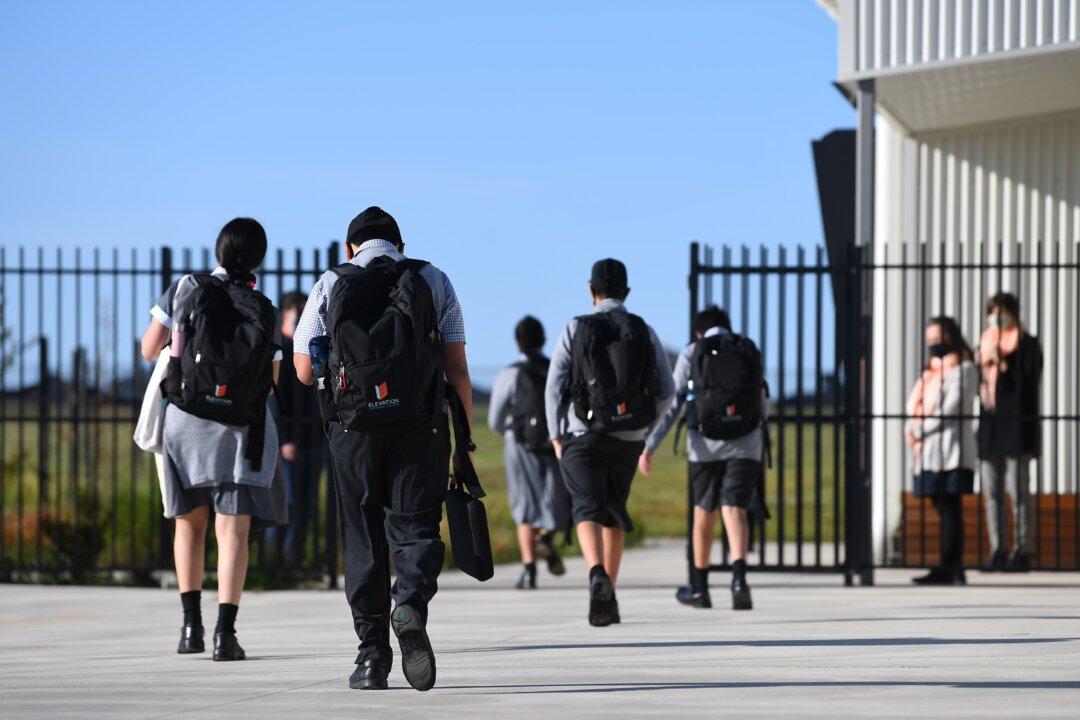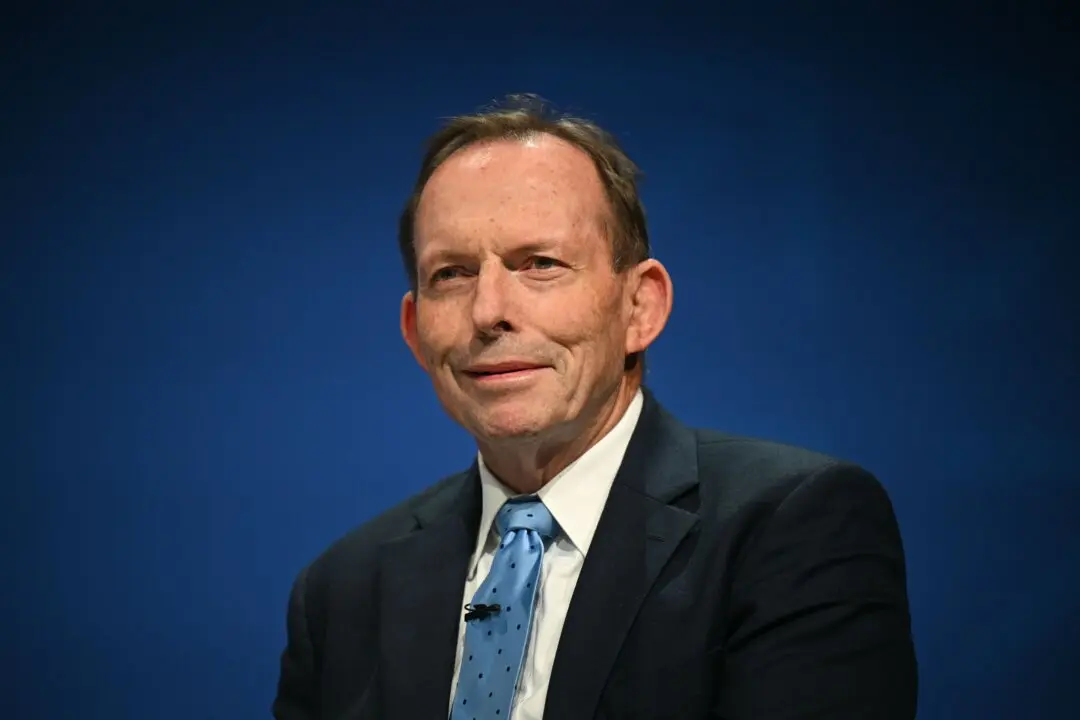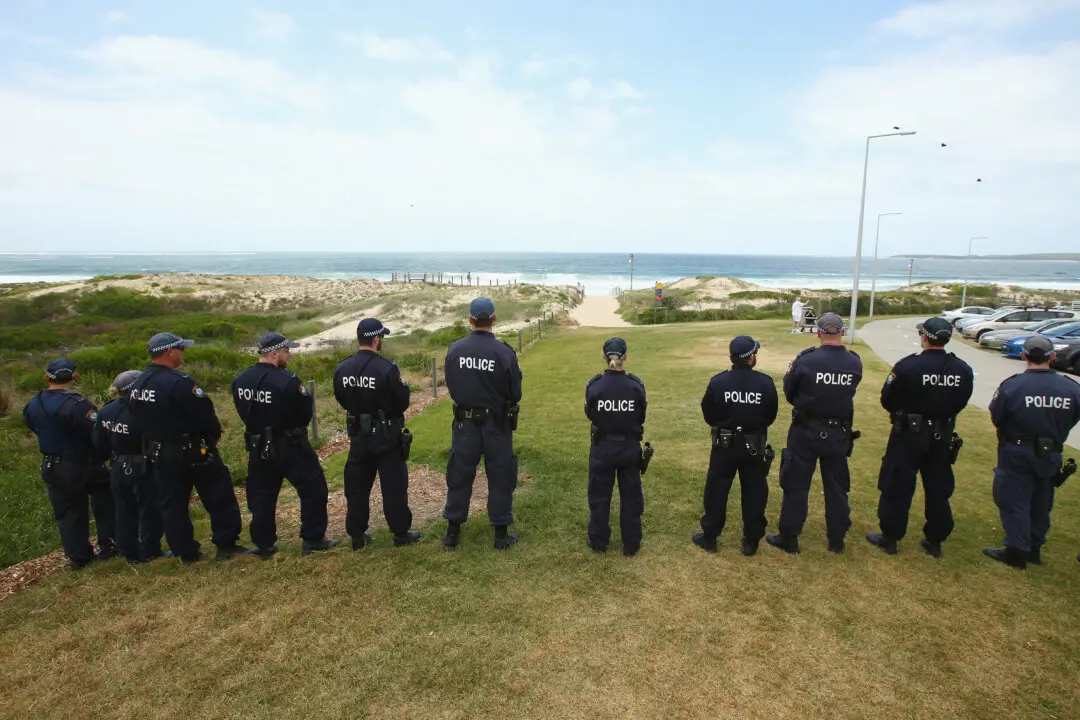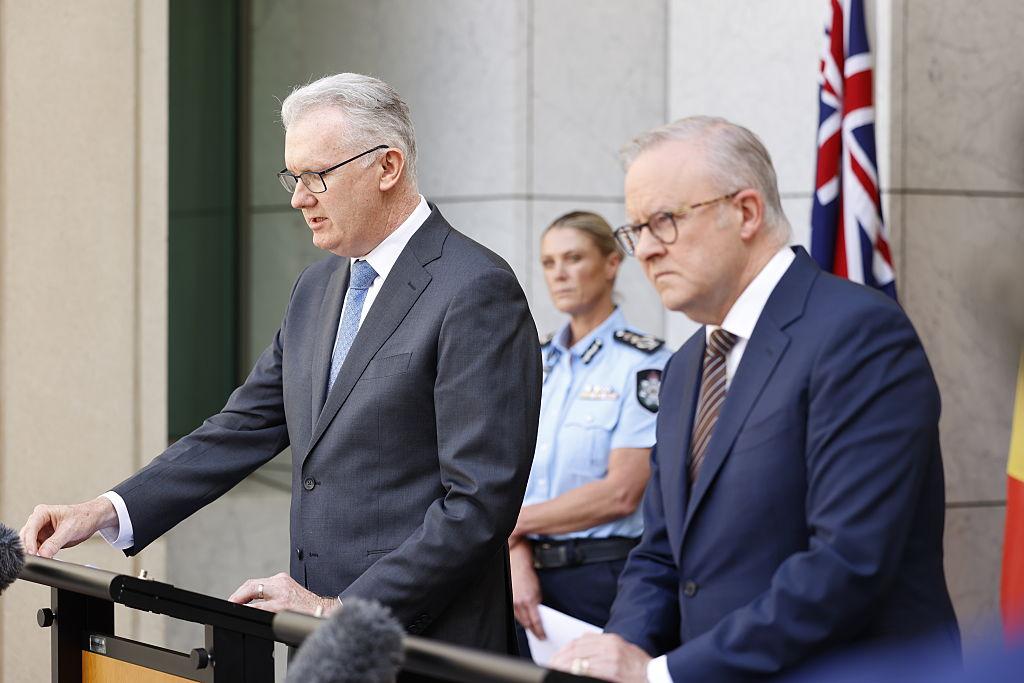One in every five Australian students is not completing the full 13 years of basic education and the attendance rate of students in years seven to 10 has declined dramatically, a new report from the Productivity Commission reveals.
Nationally, just 79 percent of students completed year 12, compared to 83.3 percent five years earlier.





